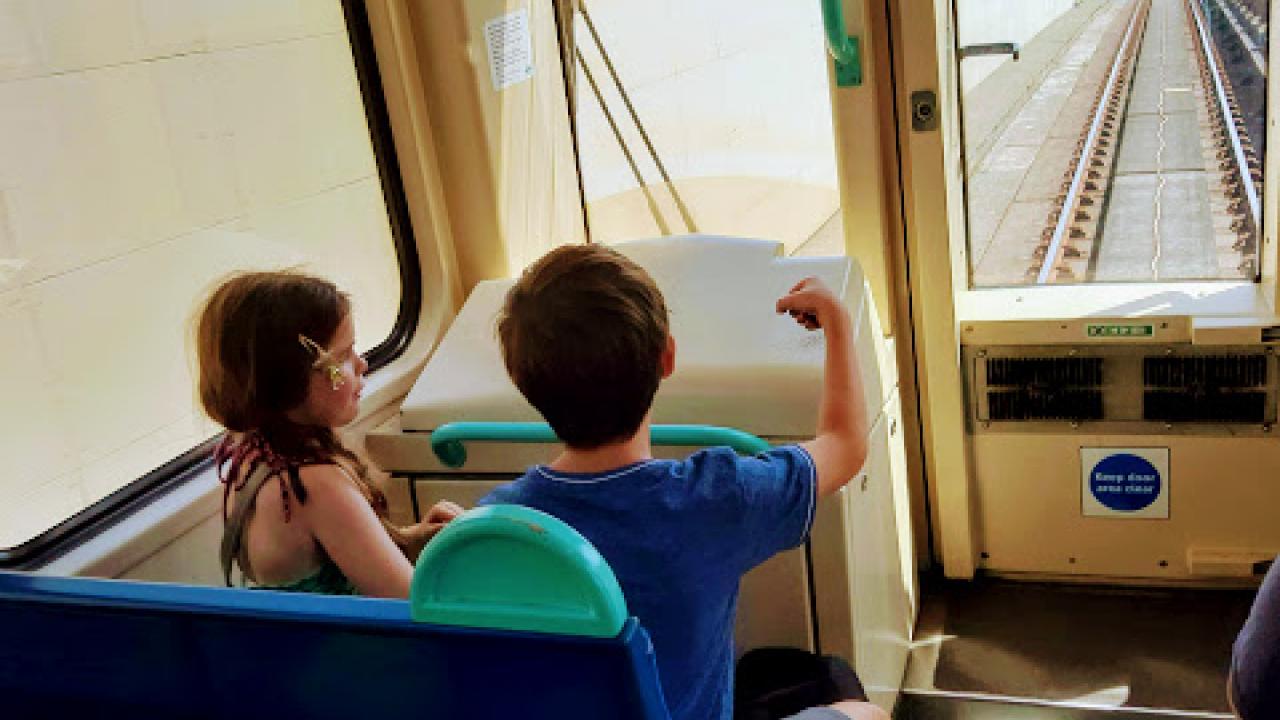Thursday, December 12, 2019
LANDER experiences exponential growth in the UK
LANDER is pleased to announce the development of new driver simulation equipment for Docklands Light Railway (DLR). This new project, the third awarded to the company in the UK over the past two years, continues to consolidate LANDER's position in the UK market.
The DLR is one of the most recently created methods of public transport in London. It was conceived at the start of the 1980s by the London Docklands Development Corporation (LDDC) to help regenerate the Docklands in East London, which had fallen into a state of disuse since the 1960s. Today, however, little remains of its once bleak appearance, as the Docklands have been converted into a financial and business hub. This substantial change had required the expansion of the DLR service in recent years, increasing the number of carriages, the length of platforms, higher volume of vehicles, etc.
A large part of the DLR's routes today are overland, allowing travellers to enjoy scenic views of London, including the Docklands which is now home to the majority of the city's skyscrapers. Furthermore, as most trains are driverless, journeys can be exciting, especially for the little ones, who can sit up front and watch through the front window, as if they were driving the train themselves.
The DLR is a light railway service that forms part of the different underground lines that are owned by Transport for London (TFL). It transports around 100,000 passengers per day. It serves 45 stations, with the eastern platform at East India Dock crossing the Greenwich meridian, meaning that you can stand over the line dividing the Eastern and Western hemispheres.
The DLR's lines are separate from the rest of the underground network, and its trains are also different, although the same tickets can be used on both systems and the DLR features on the underground map as part of the network. A Passenger service agent (PSA) is responsible for watching over the carriages, checking tickets, providing notifications and controlling the train's doors. Furthermore, the PSA also drives the train in the event of a computer fault or an emergency.
To guarantee the security and reliability of operations, from now on, the DLR will use driver simulator equipment developed in collaboration with LANDER to train its employees. LANDER's Project Directors, Jon Mir and Alex Hernández, will be responsible for guaranteeing the success of this project, thanks to which the company will be able to continue integrating the needs and challenges posed by a market as mature as the English market, in terms of simulation.


